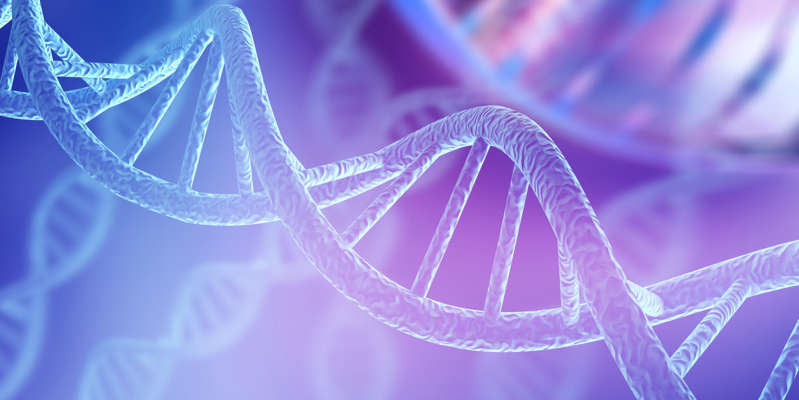
Junk DNA turns out to be critical for speciation
Scientists at the Whitehead Institute have identified a new function of junk DNA. These are repetitive sections of genetic material that make up about 10% of the genome, according to Molecular Biology and Evolution.
These regions do not encode protein sequences. For a long time, experts believed that they do not play any role in the life of the body. But new research has shown that junk DNA is very important.
So, it works with cellular proteins to keep all the individual chromosomes of a cell together in one nucleus. In addition, as it was possible to establish, it does not allow representatives of different species to acquire viable offspring.
The scientists noted that junk DNA is very different from species to species. The genomes of humans and chimpanzees coincide by 98-99%, but the regions of the “junk” DNA are completely different.
“We wondered if these evolutionary differences could be one of the reasons why different species are reproductively incompatible,” the authors of the scientific work noted.
The scientists focused on two branches of the fruit fly family tree: the classic laboratory model Drosophila melanogaster and its closest relative, Drosophila simulans. They separated about two to three million years ago.
These species can produce joint offspring, but it was either sterile or quickly died. The study of hybrids showed that they had a disrupted natural sequence of “junk” DNA: the chromosomes were scattered, and not encapsulated in one nucleus.
Scientists have identified the so-called genes of hybrid incompatibility, which are located in the “junk” DNA. Junk DNA genes evolve rapidly to perform their function successfully. In different species, this process proceeds in different ways, and this is reflected in the results of crossing. In theory, if specialists could edit genes, it would give endangered species the opportunity to survive and reproduce with representatives of other lineages.
It is noted that genetic research is also carried out with people. So, in the Philippines, they found the closest relatives of the Denisovites.

